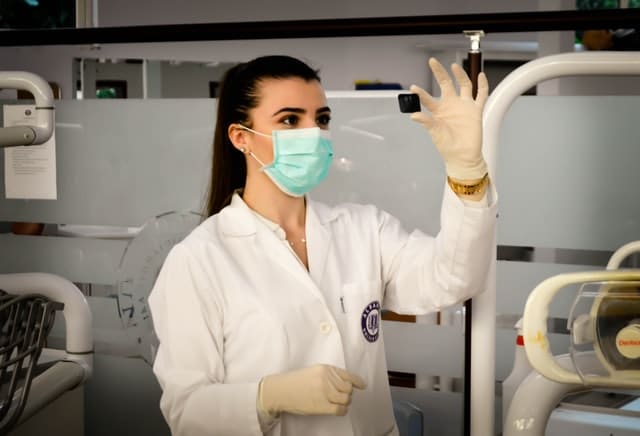The idea of combining our bodies with technology seems fabulously futuristic. But it is a process that is already underway. It is only a matter of time before tech advances to the point where it provides real functional benefits to the people who use it.

Photo by Ani Kolleshi on Unsplash
But which technologies are we likely to see in the near and far future? Let’s take a look.
Brain-Computer Interfaces
Imagine being able to think something and then a computer carrying out the action on your behalf. It sounds very futuristic because we have the notion that our thoughts are disembodied. But it turns out that sensors can now pick up signals from our brains – specific thought patterns – and transform them into instructions using machine learning.
People can already control drones, prosthetic limbs and wheelchairs using their minds. So it is only a matter of time before we will have neural interfaces that allow us to interact with the wider world.
The trick is doing it in a minimally-invasive fashion. Very few people are going to be willing to undergo surgery to place electrodes on the brain, so technologists are going to have to figure out less direct solutions. When that happens, the world will likely change considerably.
Robotic Exosuits
Currently, firms are designing exoskeleton suits to help with mobility. The idea is to provide individuals with more motive power and balance so that they can perform regular tasks.
But, of course, robots are much stronger than human muscles. And so it is possible to imagine an exoskeleton suit for lifting. Technology like this could improve the efficiency of manual labor tremendously while reducing the risk of workplace injury. Workers would simply don a suit in the morning and then use it to perform human and superhuman lifting and carrying tasks.
Smart Contact Lenses
Technology isn’t ready to engineer functioning eyeballs yet, but it isn’t far off creating smart contact lenses. In fact, two companies – Sony and Samsung – already have patents for the technology.
The idea is to turn contact lenses into a form of discreet glasses, dealing with the issues that arose from Google Glass. Contact lenses would give users AR overlays and provide them with information on request. Initially, they would likely pair with smartphones. But eventually, they could connect directly with a chip collecting information from the brain.
Printed Body Parts
For years, the idea of printed body parts seemed squarely in the realm of science fiction. But that could be about to change. Surgeons believe that the ability to print body parts could arrive soon – perhaps as early as 2025.
What’s interesting is that we already have examples of printed tissues in labs already. Researchers first create a scaffold mesh and then use a careful deposition method to deposit cells. In some cases, they have constructed examples of beating hearts – a relatively simple organ. But in the future, they hope to do the same with other organs. Any 3D printed tissues would be based on cells from patients’ bodies, eliminating the risk of rejection.